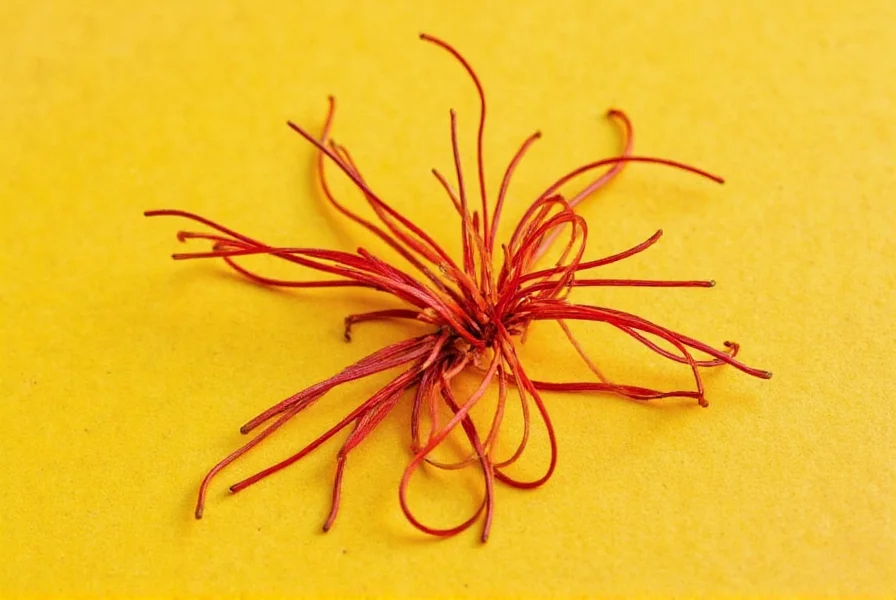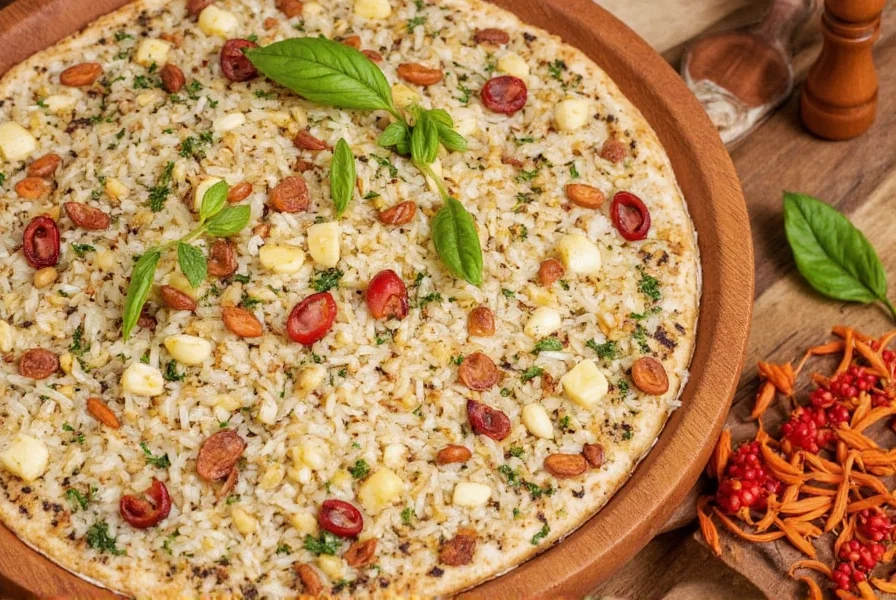How to Make the Perfect Saffron Basmati Rice: A Global Spice Journey in Your Kitchen
Have you ever wondered how a single grain of rice can transform into a fragrant, golden masterpiece that smells like royalty and tastes like sunshine? Enter saffron basmati rice — the jewel of Indian and Middle Eastern cuisine. In this article, we’ll take you on a sensory adventure through time, culture, and flavor as we explore everything you need to know about crafting this iconic dish at home.
Table of Contents
- Introduction to Saffron Basmati Rice
- Why Saffron is the King of Spices
- The Basics: What You Need for Saffron Basmati Rice
- Step-by-Step Recipe for Saffron Basmati Rice
- Buying Guide: Choosing the Best Ingredients
- Pro Tips for Fluffy, Fragrant Rice Every Time
- Global Variations: How Different Cultures Use Saffron Rice
- Conclusion: Elevate Your Table with This Golden Classic
Introduction to Saffron Basmati Rice
Saffron basmati rice isn’t just a side dish; it’s an experience. With its delicate floral aroma, vibrant golden hue, and fluffy texture, this dish has graced royal tables from Persia to Mughal India for centuries. Whether served alongside biryani, kebabs, or simply on its own, saffron basmati rice is a celebration of simplicity meeting sophistication.
In this article, we’ll walk you through not only how to make this beloved dish but also why each ingredient matters. Plus, we’ve got tips, tricks, and even a global tour of how different cultures incorporate saffron into their rice traditions.
Why Saffron is the King of Spices
If there's one spice that commands respect (and price), it's saffron. Known as "red gold," saffron comes from the stigma of the Crocus sativus flower. It takes over 75,000 blossoms to produce just one pound of saffron, making it the most expensive spice in the world by weight.
But don't let the price tag scare you away — a little goes a long way. Saffron delivers a unique combination of earthy, floral, and slightly sweet notes that elevate any dish. More than just flavor, saffron brings color, tradition, and health benefits to your plate.

The Basics: What You Need for Saffron Basmati Rice
The beauty of saffron basmati rice lies in its simplicity. Here’s what you'll need:
- Basmati rice (long-grain, aromatic)
- Saffron threads
- Warm milk or water (to bloom saffron)
- Ghee or oil (for frying rice)
- Onion (optional, for extra flavor)
- Whole spices (cinnamon, cardamom, cloves)
- Salt
- Nuts and raisins (optional garnish)
Step-by-Step Recipe for Saffron Basmati Rice
This foolproof method ensures your rice turns out perfectly every time — fluffy, fragrant, and infused with saffron’s golden glow.
- Soak the rice: Rinse 2 cups of basmati rice until water runs clear. Soak in cold water for 30 minutes.
- Bloom the saffron: Soak a pinch of saffron threads in 2 tablespoons of warm milk or water for 15–20 minutes.
- Cook aromatics: Heat ghee in a pot. Add whole spices (1 cinnamon stick, 2 green cardamoms, 3 cloves) and optional sliced onions.
- Add soaked rice: Drain rice and add to the pot. Stir gently for 2–3 minutes until grains are coated.
- Pour in water: Add 3.5–4 cups of boiling water, salt to taste, and stir once.
- Add saffron infusion: Pour in the saffron liquid evenly over the top (reserve threads if desired).
- Cover and cook: Bring to a boil, then reduce heat and simmer covered for 15–20 minutes.
- Fluff and garnish: Let rest for 5 minutes. Gently fluff with a fork and sprinkle with nuts, raisins, or herbs if desired.

Buying Guide: Choosing the Best Ingredients
To get restaurant-quality results at home, it all starts with quality ingredients. Here’s how to choose wisely:
| Ingredient | What to Look For | Recommended Brands | Best For |
|---|---|---|---|
| Basmati Rice | Firm grains, aged at least 1 year, with strong aroma | Tilda, Daawat, Kohinoor | Dishes needing fluffy texture and aroma |
| Saffron | Deep red threads, strong scent, no yellow stamen | Spain (La Mancha), Iran (Persian), Kashmiri | All saffron-infused recipes |
| Ghee | Clarified butter without additives | Murghab, Amul, Organic Valley | Indian dishes, especially biryanis and sweets |
| Whole Spices | Fragrant, unbroken pods and sticks | Spicewalla, Frontier Co-op | Aromatic rice dishes, curries |
Pro Tips for Fluffy, Fragrant Rice Every Time
- Soak the rice: This helps the grains absorb water evenly and expand properly during cooking.
- Rinse thoroughly: Starch is the enemy of fluffiness — rinse until water runs clear.
- Don’t lift the lid: Resist the urge to peek while rice is steaming; it breaks the steam seal and affects texture.
- Rest before serving: Letting rice sit after cooking allows moisture to redistribute, resulting in better texture.
- Add saffron early: Infusing rice with saffron liquid during cooking ensures deep color and flavor penetration.
- Use a heavy-bottomed pot: Prevents burning and ensures even heat distribution.
Global Variations: How Different Cultures Use Saffron Rice
While saffron basmati rice may be synonymous with South Asian cuisine, many other cultures have embraced saffron in their rice dishes:
- Paella (Spain): Saffron gives paella its signature color and adds depth to seafood and meat versions.
- Zereshk Polo (Iran): Iranian saffron rice with barberries and almonds, often served with chicken.
- Biryani (India/Pakistan): Layers of saffron rice, marinated meat, fried onions, and spices create a luxurious one-pot meal.
- Saffron Risotto (Italy): Creamy Italian rice dish elevated with saffron for a rich, golden finish.
Conclusion: Elevate Your Table with This Golden Classic
Saffron basmati rice is more than a dish — it’s a passport to the flavors and traditions of ancient civilizations. With just a few quality ingredients and a bit of technique, you can bring that timeless magic to your kitchen today.
Whether you're hosting a dinner party or treating yourself to a royal solo feast, this golden rice will make every bite feel like a celebration. Don’t forget to bookmark this page and share it with your fellow spice lovers!










 浙公网安备
33010002000092号
浙公网安备
33010002000092号 浙B2-20120091-4
浙B2-20120091-4